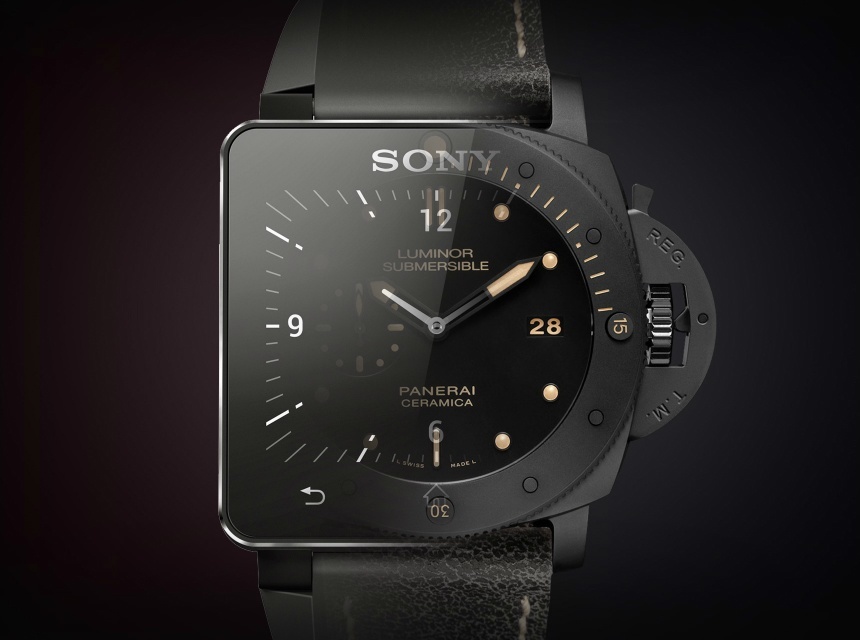
Pre-Owned & Gray Market Sales Are Flourishing: There Is An Inventory Glut
So, why are luxury watch exports down – especially notably in Hong Kong and the United States, which are the two largest “tourism economies” for Swiss watches for locals as well as a huge number of foreigners? I would suggest it isn’t about decreasing demand, but rather due to enormous glut of inventory. To support this fact, I want to tell you that for the last 2-3 years, all I have been hearing from people who sell pre-owned, or gray market (outside of the official authorized dealer network) watches is that business is booming. So, many people telling me this and the obvious investments they are making, allow me to safely say that this is not an understatement. In many instances, pre-owned and gray market watch retailers are doing so well that their goals aren’t just to sell watches, but to acquire them. I reported on a facet of this effort in 2014 on Forbes here, discussing the boom for consumers as pre-owned dealers seek to encourage people to actually sell their used watches rather than to buy them.
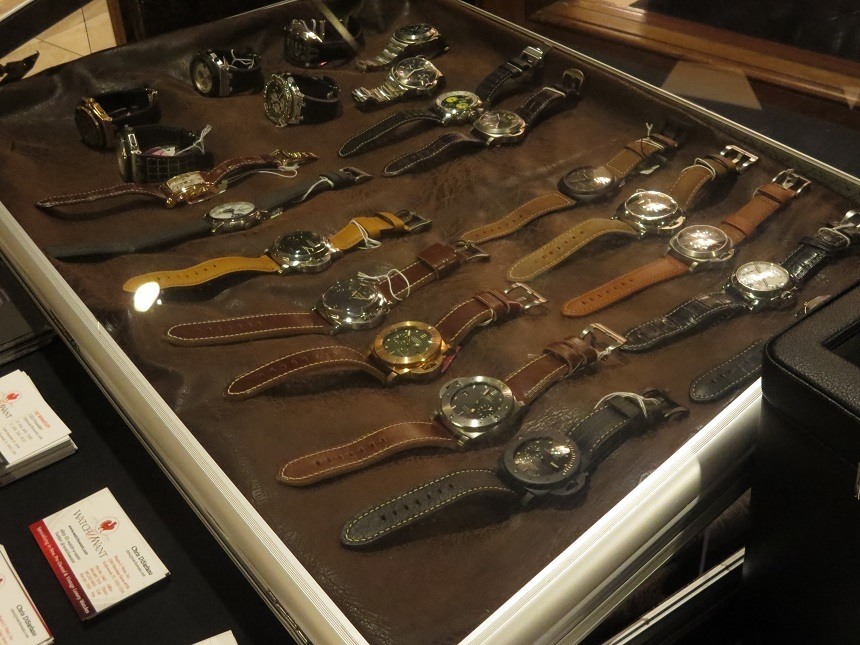
There are two important points here. First is that demand for watches is not down, but rather that consumers simply aren’t buying them from traditional channels. The pre-owned and gray markets flourish on timepieces that have already been shipped to market, but that they are monetizing. The sheer availability of timepieces available via these non-authorized channels and the resulting lower prices (usually 20%-60% less than retail) probably account for a huge reason that people aren’t buying as many new watches, and thus why not as many new watches are being exported from Switzerland.

The notoriously secretive Swiss watch industry doesn’t like to talk about this, but over the last few years (and they have since slowed down), they have been pushing too many new timepieces to market. Apparently, they just felt that China was going to keep growing, so they literally produced as much as they could and shipped them to the places around the world where Chinese and other new-money consumers shopped. As the Chinese economy slowed, and thus the appetite for luxury watches decreased, so did the sales of watches, resulting in a huge inventory glut. What happens to all that unsold inventory? It ends up on the gray market as new or used watches.
I’ve often likened the behavior of consumers to that of water. A simple law of hydrodynamics states that water will take the path of least resistance, and consumers are exactly the same. If buying what they perceive to be the same item as a lower price exists, then why would they take the more difficult route by paying more for what they feel they can get for less? Consumers, like water, will always take the path of least resistance to getting what they want. Again, no figures I have ever seen seem to indicate a decrease in consumer demand for timepieces. Rather, they are finding new ways of satisfying their needs.

Luxury Watch Companies Are Responding By Producing Less And Going More High-End, Or Decreasing Prices
Read between the lines, and you’ll see that the luxury Swiss watch industry is slowly, but surely, responding to the above-mentioned issues. While it is a topic for another conversation, I want to mention that the watch industry is at battle with itself over trying to transition from a comfortable, albeit antiquated, way of doing business on a regional wholesale model to a more modern global approach where much of their sales will be directly to the consumer.

I’d like to spend more time on this topic in another article, but suffice it to say that the watch industry mostly understands the issues they face, even if they do not immediately have the power to respond. It used to be the case that a watchmaker’s job was to produce nice watches and sell them to distributors or retailers who would then sell them into the market. The watchmaker really only cared about their wholesale orders and not much else.
This is still surprisingly common, even though there have been a number of changes over the last decade as brands have begun to steadily vertically integrate, doing things like setting up their own mono-brand boutiques and selling timepieces online. The problem with the original wholesale model is that it almost utterly ignores both globalization and the fact that once timepieces are in the market, the brands have little control over what happens to them. This, in a nutshell, explains why things like the gray market even exists.
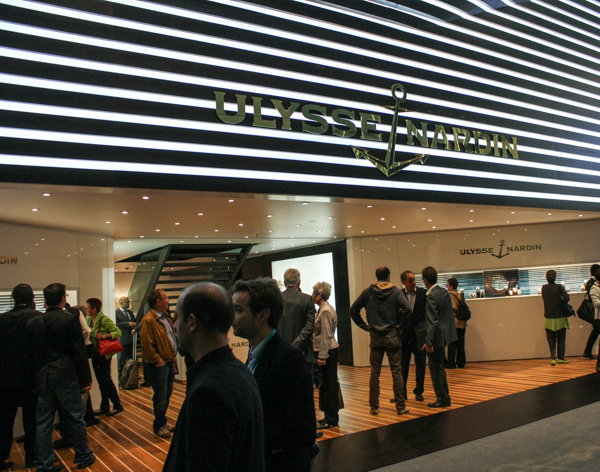
Go to the major watch trade shows such as SIHH and Baselworld, and it isn’t difficult to see that watch brands are increasingly conservative with new product offerings. Most brands are producing fewer new models and dramatically changing their strategy. Brands first realized that it is easier to sell fewer very expensive watches to a few elite people around the world than trying to sell a large volume of competitively-priced watches to the “luxury-buying” masses.

Eventually, many larger brands realized that their retail prices were so inflated, they were dramatically turning away customers. Watch consumers began to not only turn to the pre-owned, vintage, auction, and gray markets, but also to new watches from a slew of start-up brands that primarily marketed themselves on crowd-funding platforms such as Kickstarter. This all happened because consumers became increasingly disappointed with the retail prices of new Swiss watches so they turned elsewhere for what they felt were better values. Of course, now many of these other mediums are suffering from increasing prices or engaging in consumer manipulation – but that is another story which I try to discuss when relevant in my various editorial pieces on aBlogtoWatch.

TAG Heuer has probably been the most vocal about their pricing strategy change. When Jean-Claude Biver took over as the CEO of TAG Heuer in late 2014, we discussed how prices would decrease. Mr. Biver and I then later talked further about price reductions, and, according to him, in addition to many new types of products, the average price of a new TAG Heuer timepiece would decrease by about 10%. So, while it was perhaps slow to happen, the traditional Swiss watch industry has finally gotten the message that consumers demand more fairness in pricing. I don’t mean lower prices per se, but rather retail prices more aligned with the actual value (a function of production cost, resale expectation, competitiveness) of a timepiece being sold.

The Rise Of Smartwatches Just Happens To Be Occurring At The Same Time The Luxury Watch Industry Is In Flux
Without a doubt, the increase in sales of smartwatches has an effect on the sub-$1,000 watch market. That is certain, but that isn’t the Swiss luxury watch market that most of us are concerned with – and certainly not what we mostly cover on this website or what other enthusiast watch websites cover. If you are selling inexpensive volume-watches, no matter where they are produced, smartwatches are going to have an effect on your sales. But the implication that “smartwatches are hurting the luxury Swiss watch industry” is what I am taking issue with. Again, consider the Rolex versus Swatch comparison and how these two “Swiss Made” watches are sold to very different types of consumers for very different reasons.
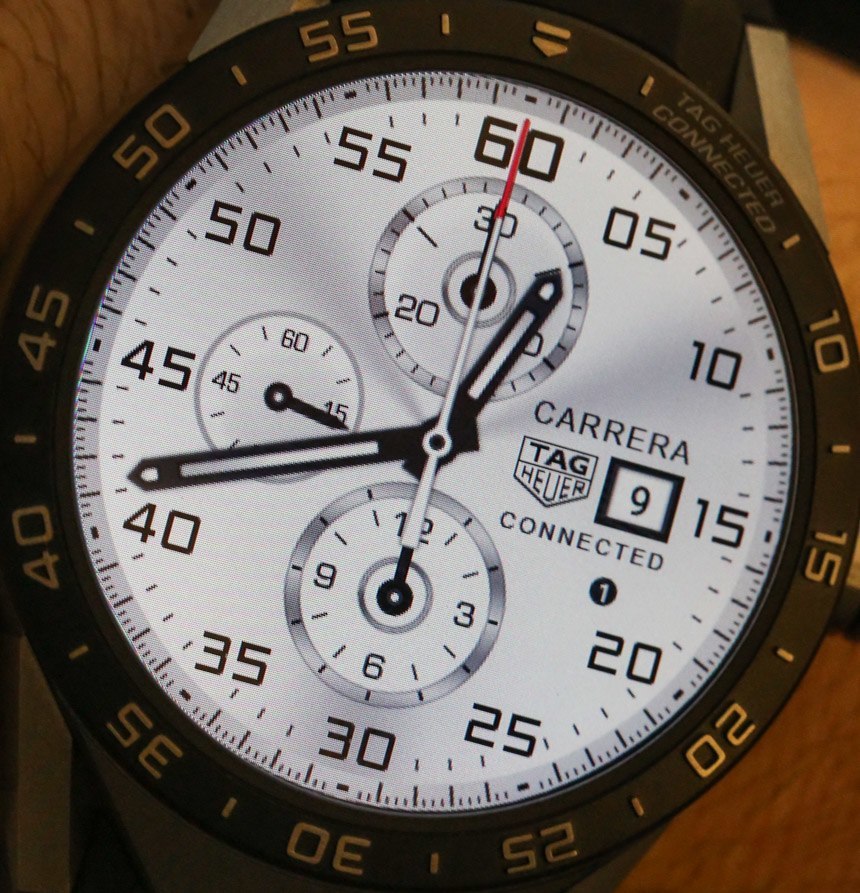
So, while smartwatches are gaining popularity on unclaimed wrists or those wearing more basic watches merely to indicate the time, I just don’t see any real evidence to suggest that the luxury watch industry is appreciably suffering from the sale of smartwatches. Going back to TAG Heuer again (they are just really relevant these days), they did release the TAG Heuer Connected smartwatch, but not as a means to overcome sales lost to other smartwatches, but rather as a means to expand into a new market that they were not previously engaged with.
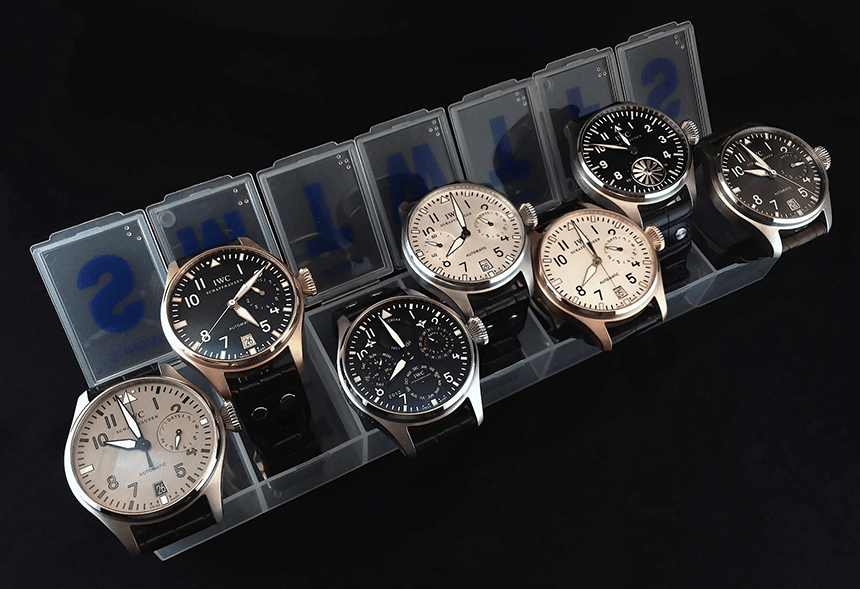
I can see how, from some perspectives, it might appear that the correlation between the Swiss watch export slowdown and the increased availability of smartwatches are related, but I will argue that, thus far, this is merely coincidental. Of course, I would change my opinion if I saw substantial evidence to the contrary of what I am suggesting, but until then, this is the summation of what my findings and analysis have led to.

In summary, I suggest that the sales and success of smartwatches is great and is probably having an effect on lower-end timepieces worn by people who don’t typically represent the luxury watch enthusiast market. New luxury Swiss watches are experiencing a slowdown in retail demand because consumers are finding cheaper options to get what they feel are the same product for less money, especially because there is a huge availability of unsold inventory of both new and used luxury watches. Let’s see what the data will suggest next.

